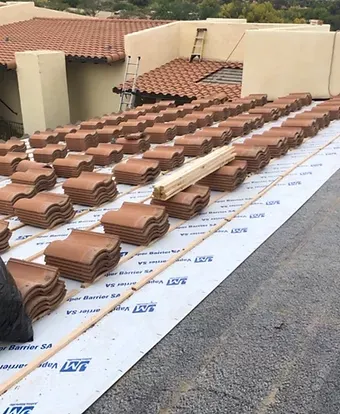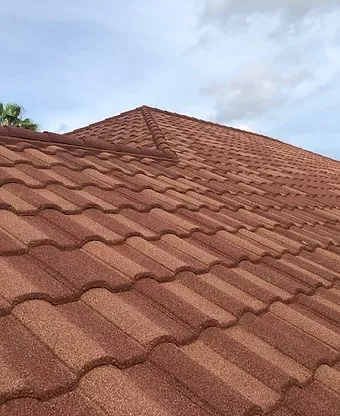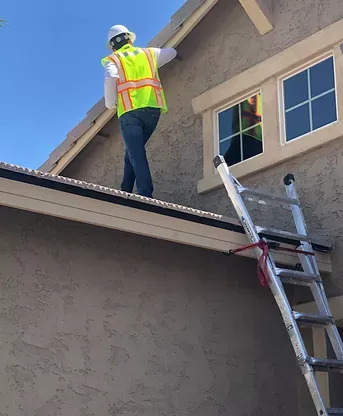Residential Roofing Essentials for Southwest Florida Homeowners
Residential Roofing Essentials for Southwest Florida Homeowners
Understanding the Unique Climate Challenges in Southwest Florida
Southwest Florida’s subtropical climate presents unique challenges for residential roofing. The region experiences intense sunlight, high humidity, frequent heavy rainfall, and an active hurricane season. These conditions can take a toll on roofs, causing premature wear and tear if not properly addressed. Roofs here must be built to withstand prolonged exposure to UV rays, which can degrade materials, as well as resist moisture damage from rain and humidity.
To combat these challenges, homeowners need roofing systems designed with resilience in mind. High winds from tropical storms and hurricanes pose a significant threat, making it essential to choose materials rated for extreme weather. Additionally, roofs should have features that minimize water pooling and prevent mold or mildew growth. Investing in durable, weather-resistant materials is key to ensuring your roof remains intact and functional for years to come.
Popular Roofing Materials: Pros, Cons, and Cost Comparison
In Southwest Florida, popular roofing materials include asphalt shingles , metal, clay or concrete tiles, and composite options. Asphalt shingles are widely used due to their affordability and ease of installation, while metal roofs are prized for their durability and energy efficiency. Clay and concrete tiles offer a classic Mediterranean look that suits many homes in the area but come at a higher cost. Composite materials provide a blend of aesthetics and performance, often mimicking the appearance of natural materials like wood or slate.
Each material has its pros and cons. Asphalt shingles are budget-friendly but may not last as long as other options. Metal roofs excel in durability and reflectivity, reducing cooling costs, but they require professional installation. Clay and concrete tiles are highly resistant to fire and wind but are heavy and may necessitate structural reinforcements. Composites balance longevity and low maintenance but can be pricey upfront. Energy-efficient materials may also lower insurance premiums by meeting wind mitigation standards.
Costs vary significantly depending on the material chosen. Asphalt shingles typically range from $3 to $5 per square foot, while metal roofs can cost between $7 and $14. Clay and concrete tiles average $10 to $20 per square foot, and composites fall in the $12 to $25 range. Factors such as roof size, pitch, and labor rates influence final pricing. Homeowners should weigh these costs against expected lifespan and performance when making their decision.
Choosing the Right Roofing Material for Your Home
Selecting the best roofing material involves considering several factors beyond just aesthetics. Homeowners should evaluate their home’s architectural style, personal priorities like energy savings or curb appeal, and compliance with local building codes and HOA guidelines. Hurricane-zone regulations often dictate specific requirements for wind resistance, so it’s crucial to choose materials that meet these standards.
Balancing initial investment with long-term benefits is another critical consideration. While some materials may seem expensive upfront, their durability and low maintenance can save money over time. Consulting with roofing professionals ensures you make an informed choice tailored to your needs and budget. They can also help navigate complex decisions regarding warranties and manufacturer certifications.
Finding the Best Roofing Contractor in Southwest Florida
Hiring a qualified roofing contractor is vital to ensuring quality workmanship and avoiding costly mistakes. Always verify that the contractor is licensed, insured, and bonded to protect yourself from liability in case of accidents. Beware of storm-chasing companies that descend after hurricanes, offering quick fixes without proper credentials. Check credentials through resources like the Florida Department of Business and Professional Regulation (DBPR).
When comparing contractors, seek out those with extensive local experience and positive reviews from past clients. Request detailed written estimates outlining scope of work, timelines, and costs. Don’t hesitate to ask for references or examples of completed projects similar to yours. Taking the time to vet contractors thoroughly will pay off in peace of mind and superior results.
Understanding Roofing Codes and Permitting in Florida
Florida enforces strict roofing codes to safeguard homes against severe weather events. These regulations cover wind mitigation, fire resistance, and structural integrity, requiring permits for new installations or major repairs. Inspections ensure compliance with safety standards, protecting both homeowners and communities. Understanding these rules helps avoid penalties and ensures your roof meets all necessary criteria.
Roof Maintenance and Regular Inspections
Regular roof inspections and maintenance are essential for extending the life of your roof. Tasks such as cleaning debris, checking for leaks, replacing damaged tiles, and clearing gutters prevent minor issues from becoming major problems. Neglecting routine care can lead to costly repairs or even premature replacement. A well-maintained roof not only lasts longer but also performs better during adverse weather conditions.
Given Southwest Florida’s coastal environment, where salt air and humidity accelerate deterioration, biannual inspections are recommended. Post-storm checks are equally important to identify and address any damage promptly. Partnering with a trusted roofer for scheduled maintenance ensures your roof remains in top condition year-round.
Addressing Roof Repairs and Damage After Storms
After a storm, homeowners should assess their roofs for signs of damage, such as missing shingles, lifted tiles, or visible leaks. Safety is paramount—never climb onto a damaged roof yourself. Instead, rely on professionals to conduct thorough inspections. Early detection of issues allows for timely repairs, preventing further damage to your home’s structure.
Repair processes vary depending on the extent of the damage. File insurance claims promptly , providing documentation and photos to support your case. Acting quickly not only mitigates additional harm but also maximizes your chances of receiving full coverage under your policy. Keep records of all communications with insurers and contractors throughout the process.
Maximizing Energy Efficiency With Your Roofing System
Your roof plays a significant role in your home’s energy efficiency. Light-colored materials and reflective coatings reduce heat absorption, lowering cooling costs in Florida’s warm climate. Proper insulation and modern ventilation strategies further enhance energy savings. Cool roofs, designed to reflect sunlight, are gaining popularity for their ability to maintain comfortable indoor temperatures.
Local programs and rebates incentivize sustainable roofing upgrades, encouraging homeowners to adopt eco-friendly solutions. Research available incentives to offset initial expenses and enjoy long-term savings. By prioritizing energy efficiency, you contribute to environmental sustainability while reducing utility bills.
Hurricane Preparedness: How Your Roof Keeps You Safe
A well-designed roof is your first line of defense during hurricanes. Wind-rated materials, secure fasteners, and proper installation techniques minimize the risk of storm damage. Features like impact-resistant shingles and reinforced edges add extra protection. Investing in a resilient roof system is one of the smartest ways to safeguard your home.
Prepare for hurricane season by conducting pre-storm inspections, trimming nearby trees, and securing loose outdoor items. Create a checklist that includes contacting your roofer for advice or emergency services. Staying proactive reduces stress and enhances your family’s safety during severe weather events.
Enhancing Curb Appeal: Roofing and Home Aesthetics
The right roofing material, color, and style can dramatically improve your home’s curb appeal and market value. In Southwest Florida, homeowners often opt for clay tiles or light-colored metal roofs that complement Mediterranean and coastal designs. Modern trends lean toward sleek, minimalist styles paired with energy-efficient features. Choosing a roof that aligns with neighborhood preferences ensures harmony and boosts property attractiveness.
Modern Innovations: Solar, Flat Roofs, and Smart Technologies
Advancements in roofing technology are transforming how homeowners approach design and functionality. Solar-ready roofs integrate seamlessly with photovoltaic panels, harnessing renewable energy. Flat roofs, once limited in application, now feature improved drainage systems and durability. Smart monitoring technologies allow real-time tracking of roof conditions, alerting you to potential issues before they escalate.
While integrating new technologies offers numerous benefits, there are trade-offs to consider. Costs can be higher than traditional options, and compatibility with existing structures may require modifications. However, the long-term advantages—including reduced energy consumption and enhanced convenience—make these innovations worth exploring for forward-thinking homeowners.
Roof Replacement vs. Repair: When to Invest in a New Roof
Knowing when to replace your roof versus repairing it is crucial for maintaining your home’s integrity. Warning signs include widespread leaks, sagging sections, or granule loss from shingles. Average lifespans vary: asphalt shingles last 15-20 years, metal roofs 40-70 years, and tile roofs 50+ years. If repairs become frequent or costly, investing in a new roof may offer better value in the long run.
FAQ: Common Residential Roofing Questions for Southwest Florida Homeowners
How long does a typical roof last in Southwest Florida’s climate?
Rooftop longevity depends on the material used. Asphalt shingles generally last 15-20 years, while metal roofs can endure 40-70 years. Tile roofs boast lifespans exceeding 50 years. Factors like regular maintenance, proper installation, and exposure to harsh weather can extend or shorten these averages. Regular inspections help identify issues early, preserving your roof’s lifespan.
How can I tell if my roof has storm or hurricane damage?
Signs of storm damage include missing or curled shingles, dented metal panels, cracked tiles, and interior water stains. After severe weather, schedule a professional inspection to assess hidden damage. Addressing problems immediately prevents further deterioration and ensures your insurance claim proceeds smoothly.
Which roofing materials are best suited to withstand hurricanes?
Metal roofs and concrete tiles are top choices for hurricane resistance, especially those meeting Miami-Dade County’s stringent wind ratings. Proper installation is equally important; secure fastening and reinforced edges enhance durability. Opting for certified materials and experienced installers provides maximum protection during storms.
Is a roof replacement covered by homeowners insurance in Florida?
Homeowners insurance typically covers roof replacements caused by sudden events like hail or wind damage. However, normal wear and tear or neglect are excluded. Providing a recent wind mitigation report can strengthen your claim. Review your policy carefully to understand coverage limits and exclusions.
What can I do to extend the life of my roof?
Regular maintenance is key to prolonging your roof’s lifespan. Schedule biannual inspections, clean gutters and drains, and remove debris promptly. Professional cleaning treatments prevent algae and mold growth. Address minor repairs quickly to avoid escalating into major issues. Diligent care ensures your roof remains functional and attractive for years.
Conclusion
This guide has covered essential aspects of residential roofing in Southwest Florida, from understanding climate challenges to selecting durable materials and maintaining your roof. Working with experienced professionals, adhering to local codes, and staying vigilant about maintenance are critical steps in protecting your home. By prioritizing resilience and energy efficiency, you not only enhance safety but also increase property value.
Take the next step by exploring this comprehensive guide for actionable insights and personalized recommendations. Reach out to a reputable local contractor for expert advice tailored to your needs. Use this resource to make informed decisions about every aspect of your residential roofing journey.




